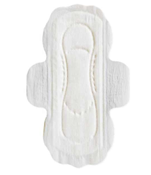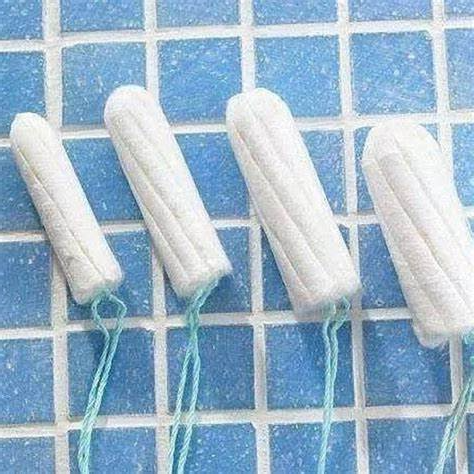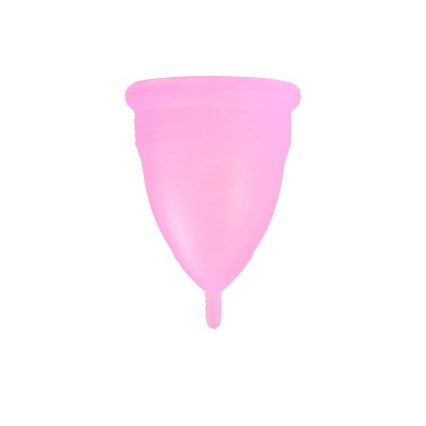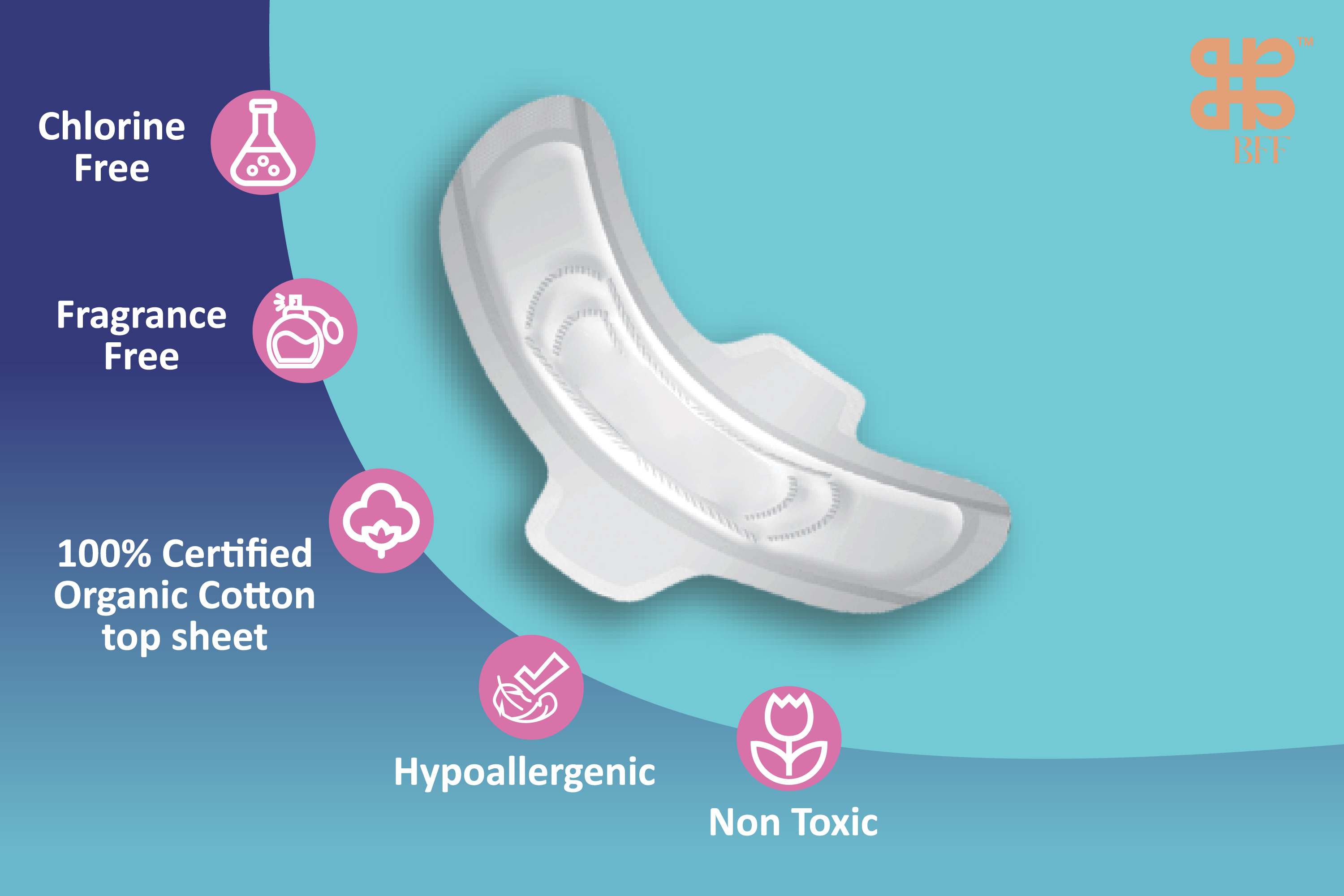Sanitary pads, as an essential product for women's menstrual health, have undergone thousands of years of evolution and innovation. This article will review the development of sanitary napkins, from the use of natural materials in ancient times to modern high-tech products, and explore how BFF Personal Care demonstrates its unique advantages in this field, addressing the pain points of women.
Early Menstrual Products
Use in Ancient Times
5th Century BC (Ancient Greece):
Women used linen cloth to wrap cotton, creating early forms of sanitary tampons.
.png)
15th Century BC (Ancient Egypt):
Women used papyrus reeds as menstrual products.
.png)
19th Century:
Women began using cloth pouches and sanitary aprons filled with cotton or scraps of fabric.
With the process of industrialization, specially designed menstrual belts (also known as "menstrual belts") emerged. These products were typically made of fabric and secured to underwear with straps to prevent menstrual leakage. While widely used at the time, they still presented certain inconveniences and discomforts.
.png)
.png)
Sources from : TNAOT.COM
Before the Introduction of Disposable Sanitary Pads, Early Societies Used Natural Materials to Create Simple Menstrual Pads:
Cloth: Many women used old clothes, strips of fabric, or towels to absorb menstrual blood. These materials were easy to obtain and could be washed and reused.
Herbs and Plants: In some cultures, women might have used herbal pads or other natural materials to help absorb menstrual blood.
Innovations in the 19th Century
1888 (USA): The first disposable sanitary pad was introduced, made from gauze and cotton, marking the shift towards disposable products.
.png)
.png)
.png)
Sources from :Sina
1897 (USA): Johnson & Johnson developed the mass-produced sanitary pad, Lister’s Towel, but it failed to succeed due to conservative social attitudes at the time.
.png)
Sources from : @Rattibha
By the end of the 19th century, modern disposable sanitary pads began to emerge. However, it wasn't until the 1980s in Malaysia that disposable sanitary pads became widely adopted, gradually being introduced to women in the country.
20th Century Advancements
1921 (USA):
Kimberly-Clark launched the Kotex brand, utilizing fiber cotton patent technology and achieving success through market education.
.png)
1927 (USA):
Johnson & Johnson launched the Modess brand of sanitary pads.
.png)
Sources from : mum.org
.png)
Sources from : Johnson & Johnson
1970s (Global):
The introduction of adhesive sanitary pads made usage more convenient, eliminating the need for traditional pins and straps.
Globalization and Market Evolution
.png)
.png)
Sources from : TNAOT.COM
1980s (Malaysia):
Disposable sanitary pads were introduced and gradually became widespread, raising awareness among women about menstrual health products.
1980s (India):
Arunachalam Muruganantham invented low-cost sanitary pad production machines to help women in impoverished areas manage menstrual health, promoting economic independence.
.png)
Sources from : iU eMagazine
1982 (China):
The first sanitary pad production line was introduced, gradually changing women's choices in menstrual products.
Modern Sanitary Pads
Since the 21st century, the design and materials of sanitary pads have continued to innovate:
Materials: Modern sanitary pads are typically made from non-woven fabric, pulp, and polymer materials, offering improved absorbency and comfort.
Functions: New products, such as winged pads and liquid sanitary pads, have been introduced to meet the diverse needs of women.
Sanitary Pads & Tampons
Sanitary Pads:
The original sanitary pads were simple mats made of pulp. Later designs incorporated adhesive, making them easier to secure to underwear.

Tampons:
This product allows women to engage in activities such as swimming during their menstrual period. It absorbs menstrual blood by being inserted into the vagina. The initial designs were quite basic, but modern tampons have become more comfortable and effective with advances in technology.

Menstrual Cups:
Menstrual cups, as a reusable product, have gradually gained popularity. Typically made of silicone or rubber, they are placed inside the vagina to collect menstrual blood. Not only are these products eco-friendly, but they also reduce the long-term economic burden of purchasing disposable products.

.png)
With the development of the times, BFF was introduced in 2024
Unique Advantages of BFF Personal Care:
Specifically Designed for Young Girls
Created with the unique needs of young girls in mind, providing products that are ideal for those experiencing menstruation for the first time.
Safe and Harmless Ingredients
Chlorine-free Bleaching: Reduces skin irritation.
Fragrance- and Dye-free: Avoids ingredients that could cause allergies or discomfort.
No Heavy Metals or Dioxins: Ensures the product is skin-friendly and safe.
High Absorbency and Comfort
Ultra-thin design for discretion and comfort, effectively preventing leaks.
Strict Quality Testing
Products are rigorously tested by reputable organizations like SGS to meet safety and health standards.
Mother-Founded Brand
Founded by a mother who cares deeply about the needs of young girls, emphasizing a commitment to product quality.
Eco-Friendly Certification
Certified by environmental organizations like GOTS, appealing to consumers who prioritize health and sustainability.
BFF Personal Care is dedicated to providing safe, comfortable, and eco-friendly sanitary products for young girls, empowering them to navigate their periods with confidence and enjoy their youthful lives.

.png)
.jpg)

.png)
Learn More Infomation :
Before the invention of sanitary pads, what did women use to manage their periods?
7 Things Women Used During Their Periods Before Sanitary Pads Were Invented
Menstruation in medieval times – A practical experiment
How to Market Feminine Sanitary Pads Without Explicitly Mentioning This Private Product
by BFF Personal Care Sdn. Bhd.
Located in Johor Bahru (JB), Malaysia

 Vietnam
Vietnam